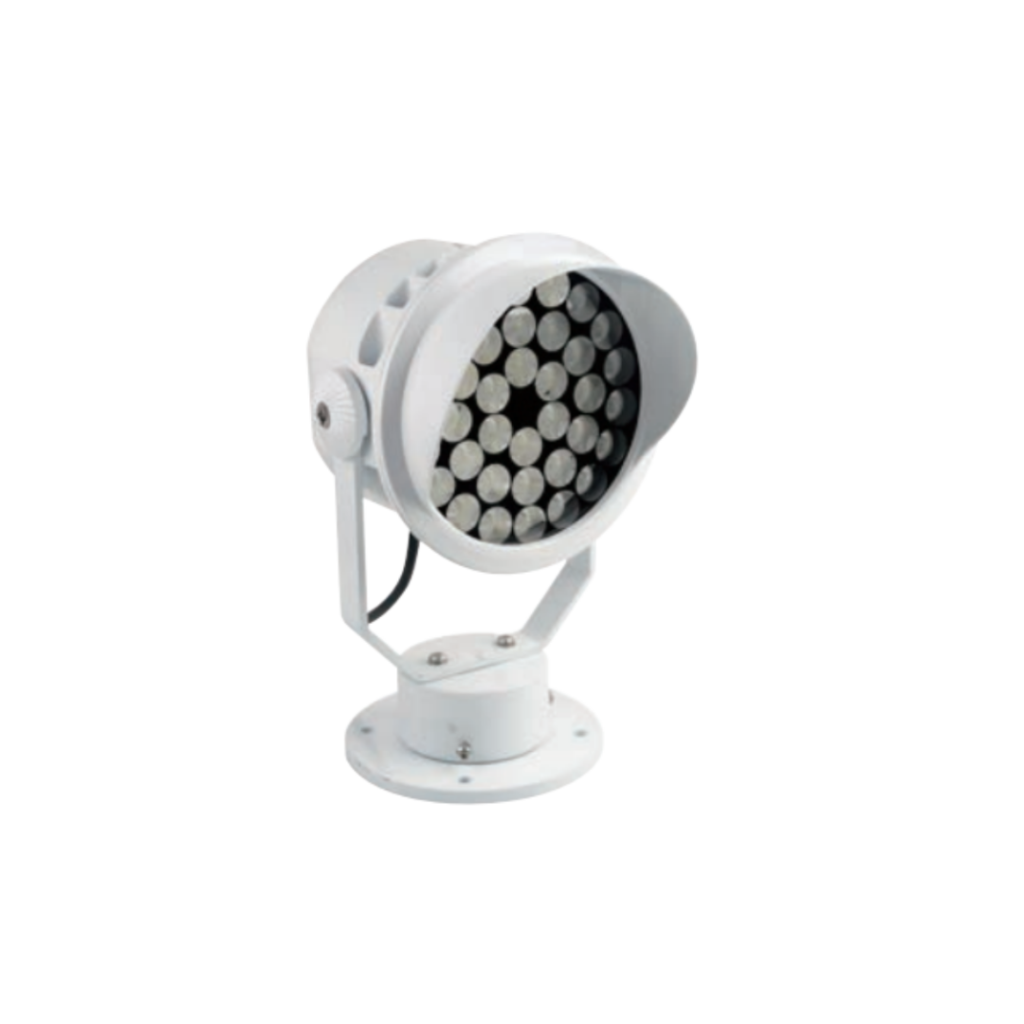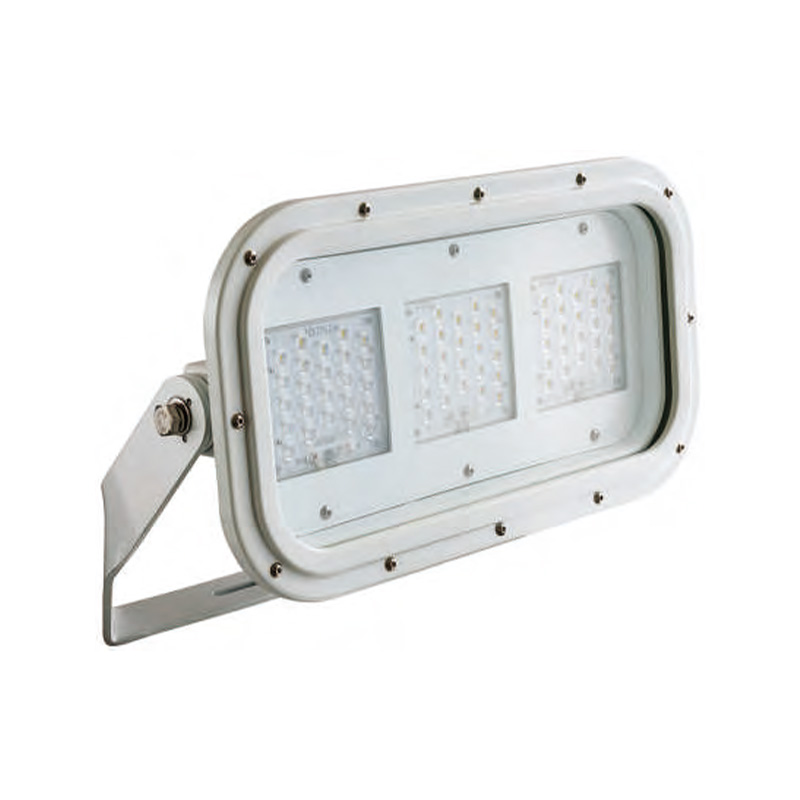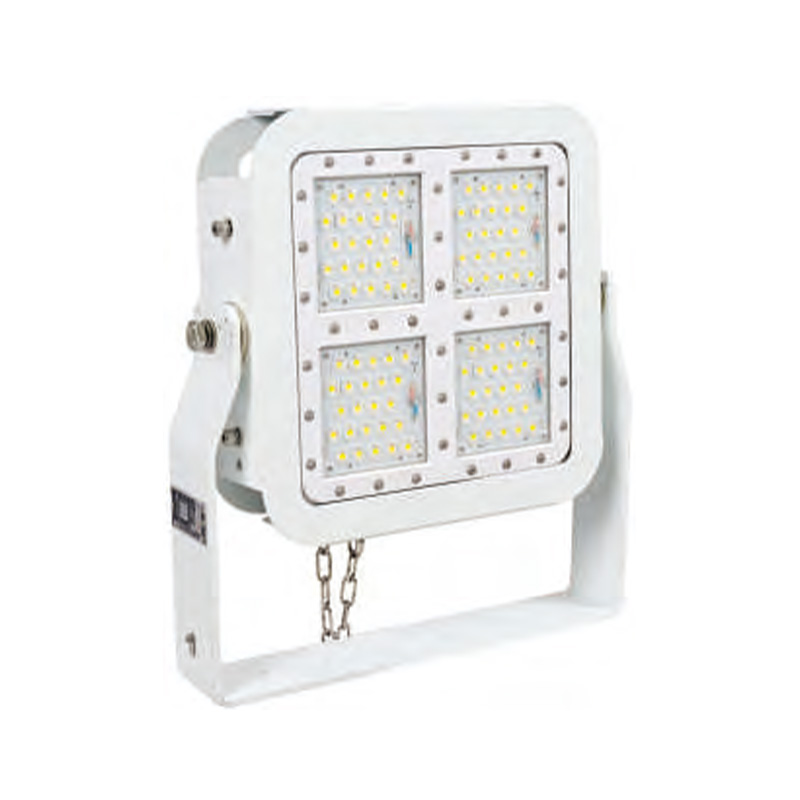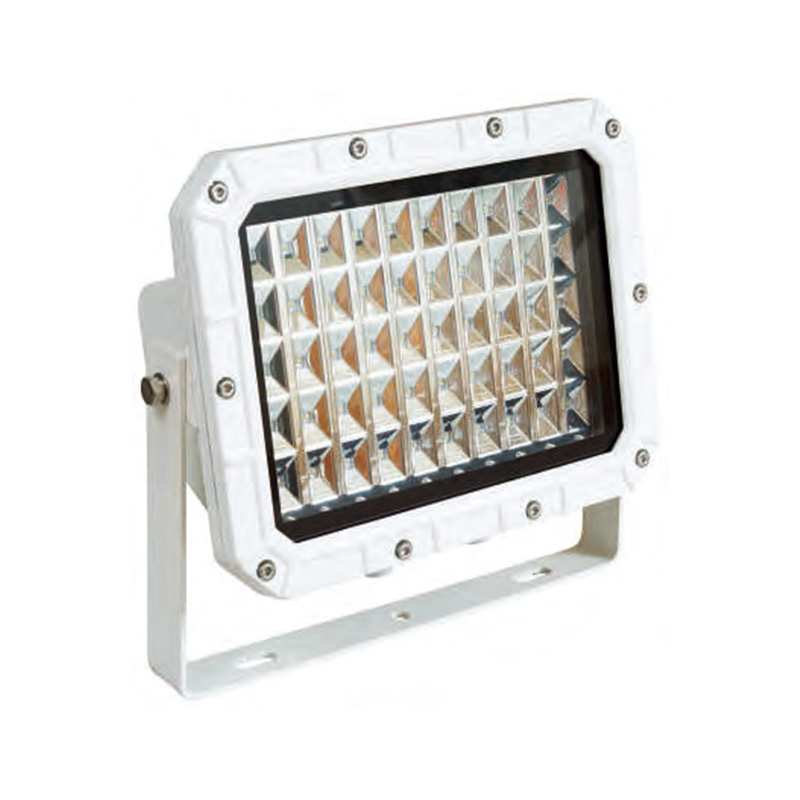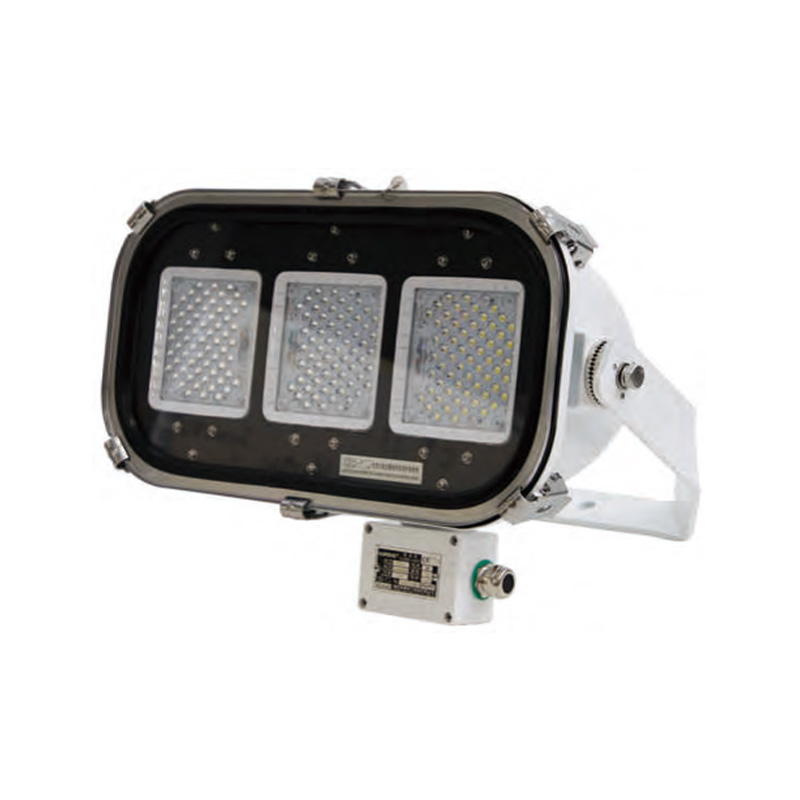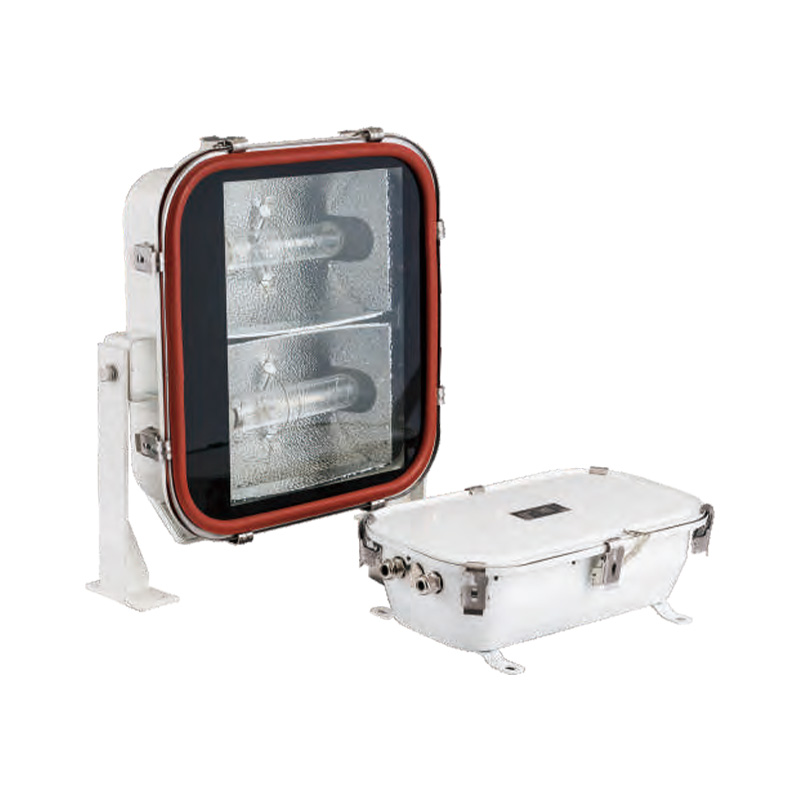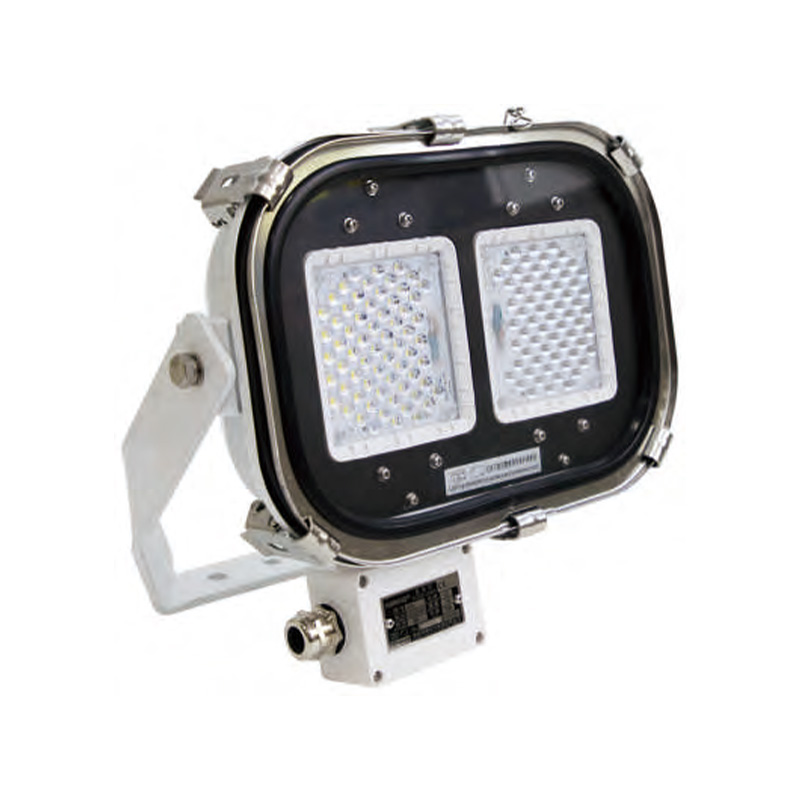How to Mount and Install Marine Spotlights Properly
Marine spotlights can enhance visibility at sea, aiding in navigation, search and rescue, and nighttime docking. Proper mounting and installation ensure that the spotlights perform effectively, withstand harsh marine environments, and provide reliable illumination. Choosing the right location, securing the spotlight correctly, ensuring proper electrical connections and waterproofing, testing and regular maintenance, are key factors in achieving optimal functionality for marine spotlights.
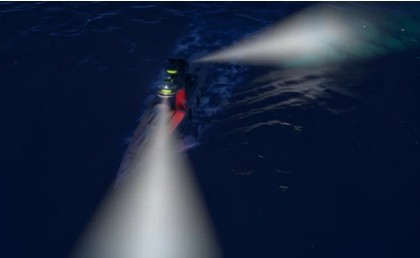
Table of Contents
Selecting the Right Mounting Location for Marine Spotlights
This chart helps in selecting the most suitable mounting location for marine spot lights based on operational needs and vessel type.
| Mounting Location | Advantages | Disadvantages | Best for |
| Wheelhouse Roof | Provides a high vantage point, wide coverage, and minimal obstruction. | May cause glare on the windshield if not properly angled. | Navigation, search and rescue, large vessels. |
| Masthead | Maximizes light projection over long distances and reduces deck shadows. | Difficult to access for maintenance; requires strong mounting support. | Offshore vessels, fishing boats, sailboats. |
| Bow Railings | Enhances visibility during docking and navigation in tight spaces. | Limited beam reach; may obstruct crew movement on deck. | Small to medium vessels, docking operations. |
| Aft Deck | Useful for illuminating rear areas for fishing or towing. | May create blind spots for navigation. | Fishing boats, workboats, yachts. |
| Flush-Mounted (Built-In) | Sleek design, protected from external damage, reduces wind resistance. | More complex installation; requires precise waterproofing. | Luxury yachts, high-performance vessels. |
| Pole/Railing Mounted | Provides adjustable height and positioning flexibility. | Less stable in rough seas; requires secure clamps. | Temporary lighting, small boats, recreational vessels. |
| Portable/Magnetic Mounting | Can be repositioned as needed, no permanent installation required. | Less durable in extreme weather conditions. | Emergency lighting, multipurpose applications. |
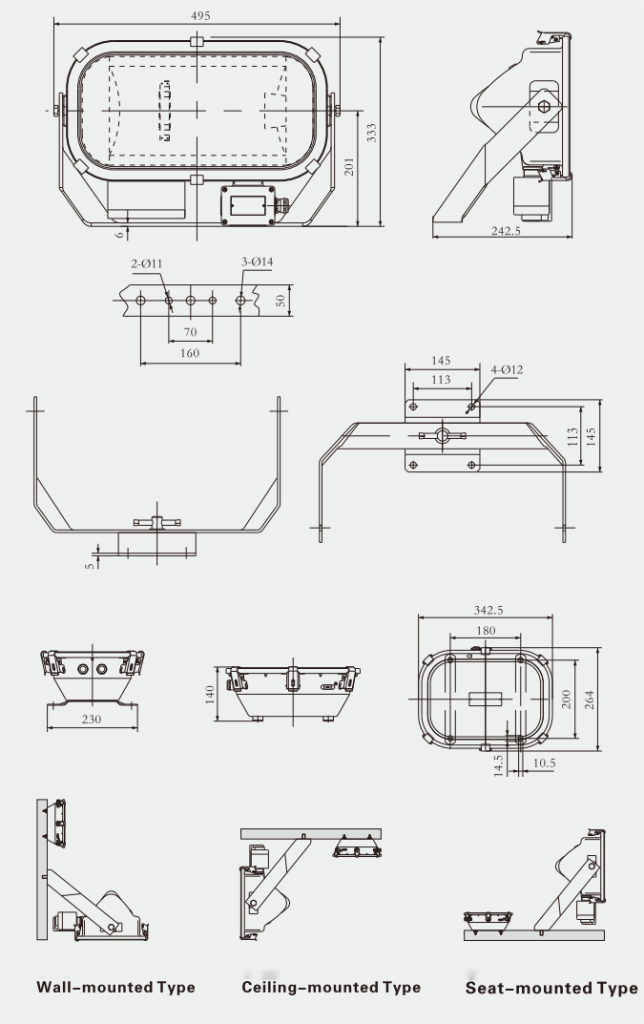
Types of Mounting Techniques for Marine Spotlights
The effectiveness of a marine spotlight depends on how it is mounted, as different mounting techniques offer varying levels of stability, flexibility, and adaptability. The choice of mounting method depends on the type of vessel, intended use, and environmental conditions.
1. Fixed Mounting
Fixed mounting is one of the most stable and secure installation methods, where the spotlight is permanently attached to a designated surface using bolts or brackets. This technique ensures that the light remains in a set position, providing a consistent beam direction without adjustments. Fixed marine spotlights are commonly used on larger vessels, such as cargo ships and yachts, where steady illumination is needed for navigation and docking. It is also ideal for vessels that operate in harsh marine environments, as it prevents movement due to vibrations or rough waters.
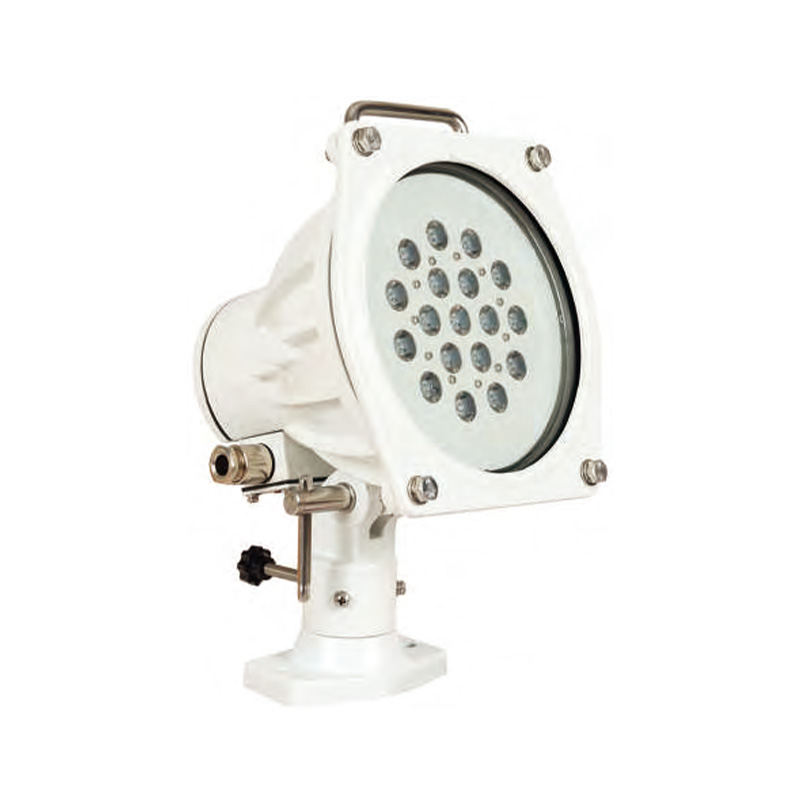
2. Swivel and Adjustable Mounting
For vessels requiring flexible lighting control, swivel and adjustable mounting techniques allow the spotlight to rotate and tilt. This mounting style is often used for marine searchlights, where users need to direct the beam in different directions quickly. Swivel mounts can be manually adjusted or motorized for remote control operation. Fishing boats, patrol boats, and rescue vessels frequently use this method to enhance visibility in specific areas when needed.
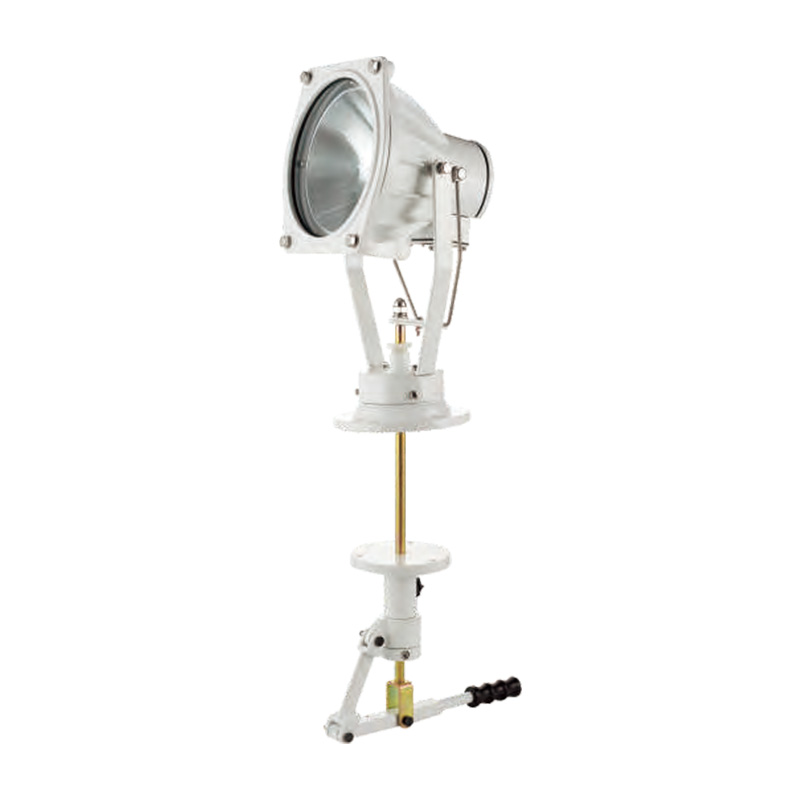
3. Rail and Pole Mounting
Spot lights can also be mounted on railings or poles using specialized clamps or brackets. This technique offers a practical solution for vessels with limited flat surfaces for installation. Rail and pole mounting allow for height adjustment, providing an elevated position for broader light coverage. It is commonly used for temporary or secondary lighting, such as on small boats, recreational vessels, and fishing crafts that require additional illumination without permanent modifications.
4. Flush Mounting
Flush mounting integrates the spot light into the boat’s structure, creating a streamlined and aerodynamic appearance. This technique is often used in modern yachts and high-performance vessels where aesthetics and wind resistance are considerations. Flush-mounted spotlights are installed within recessed areas of the boat, protecting them from physical damage and reducing exposure to harsh environmental conditions. However, this method requires precise installation and waterproof sealing to prevent water ingress.
5. Magnetic and Portable Mounting
For temporary or emergency lighting needs, magnetic and portable mounting solutions offer convenience and flexibility. Magnetic mounts allow spotlights to be attached to metal surfaces without drilling or permanent fixtures, making them ideal for quick deployment on various parts of the vessel. Portable spot lights, often battery-powered, can be moved around as needed and are commonly used for nighttime fishing, maintenance work, or backup lighting during power failures.
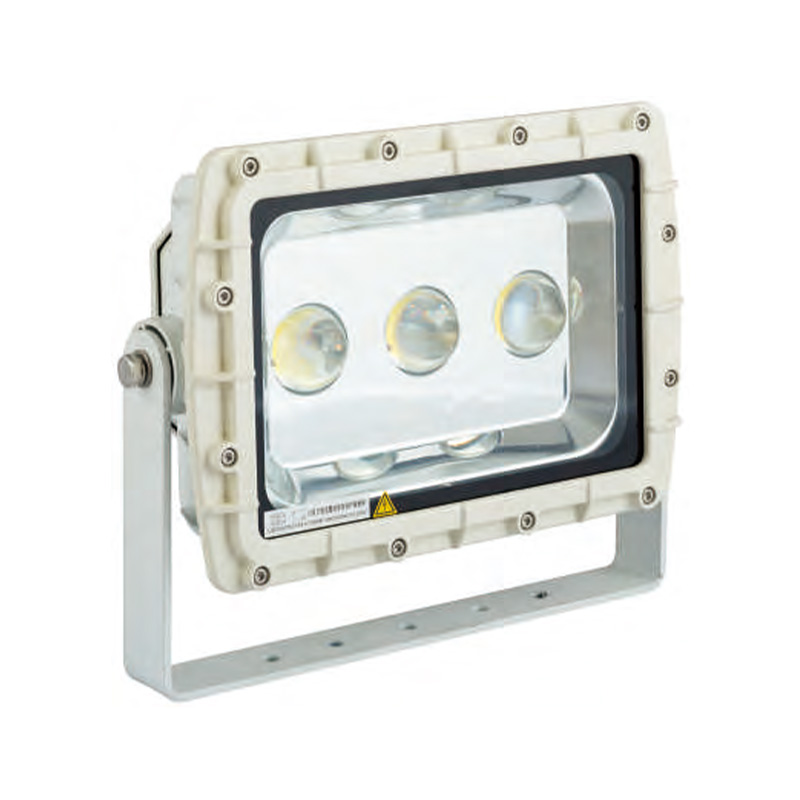
Electrical Installation for Marine Spotlights
1. Selecting the Right Wiring and Connectors
Marine electrical systems are exposed to moisture, corrosion, and fluctuating power conditions, making it crucial to use marine-grade wiring and connectors. Tinned copper wires are preferred due to their resistance to corrosion, ensuring longevity even in saltwater environments. The wiring should be of adequate gauge to handle the electrical load without overheating or voltage drops.
Connectors must be waterproof and corrosion-resistant to prevent short circuits and power failures. Heat-shrink tubing, waterproof splices, and dielectric grease can further protect electrical connections from moisture ingress. Securely fastening wiring along the boat’s structure using cable ties and conduit helps reduce strain caused by vibrations and movement.
2. Power Source and Circuit Protection
Marine spotlights should be connected to a dedicated power source with proper circuit protection. The power source must match the spotlight’s voltage requirements, typically 12V or 24V for smaller vessels and higher voltages for larger ships. To prevent electrical overloads, circuit breakers or inline fuses should be installed in the circuit. These protective components help safeguard the electrical system against short circuits and power surges.
3. Switching and Control Mechanisms
Spotlight operation can be controlled manually, remotely, or through a digital interface, depending on the vessel’s requirements. Manual switches should be installed in a convenient and accessible location, while remote-controlled spotlights require additional wiring for motorized adjustments. Waterproof switches and control panels are essential to prevent malfunctions due to moisture exposure.

Waterproofing Techniques for Marine Spotlights
1. Sealing and Housing Protection
Marine spot lights must be housed in waterproof and corrosion-resistant casings, typically made of stainless steel, aluminum, or UV-resistant plastic. To prevent water ingress, the housing should be tightly sealed with rubber gaskets or O-rings around the lens and electrical entry points. Regularly inspecting and replacing seals ensures continued protection against harsh marine conditions.
2. Waterproof Cable Entries and Grommets
The entry points where electrical cables pass into the spotlight housing are vulnerable to water intrusion. Using waterproof cable glands and rubber grommets ensures a tight seal, preventing moisture from reaching internal electrical components. These seals must be checked periodically for wear and degradation to maintain their effectiveness.
3. Encapsulation and Corrosion Prevention
Applying marine-grade sealants around mounting points and electrical connections further enhances waterproofing. In some cases, electrical components within the spotlight can be encapsulated using epoxy or silicone coatings to create an additional moisture barrier. Regular maintenance, including cleaning the spotlight’s exterior and checking for corrosion, helps extend the lifespan of the lighting system.
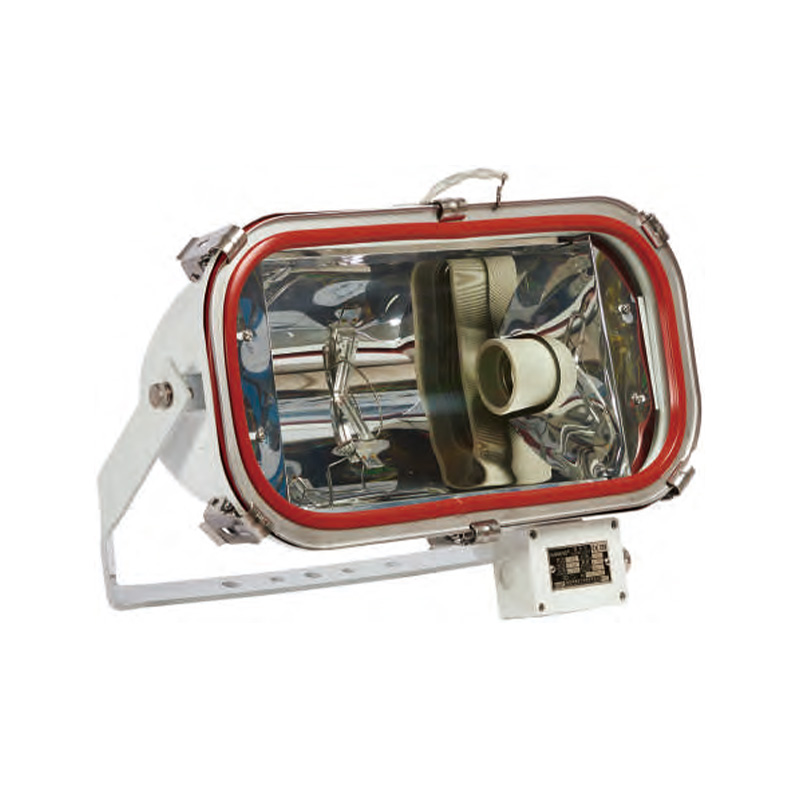
Key Steps in Testing and Maintenance for Marine Spotlights
This chart provides approaches to testing and maintaining marine spotlights, ensuring long-term functionality and safety.
| Step | Description | Frequency |
| Visual Inspection | Check for cracks, corrosion, or water intrusion in the housing, lens, and mounting brackets. | Before each voyage and monthly. |
| Wiring and Connection Check | Inspect electrical connections for loose wires, corrosion, or damage. Apply dielectric grease if needed. | Monthly or after exposure to harsh weather. |
| Waterproof Seal Inspection | Examine gaskets, O-rings, and seals for wear or leaks. Replace if necessary. | Every three months. |
| Functionality Test | Turn on the spotlight to check brightness, beam focus, and responsiveness of controls. | Before each voyage. |
| Alignment Adjustment | Ensure the spotlight is correctly angled for optimal illumination without glare or blind spots. | As needed, especially after rough seas or impacts. |
| Cleaning the Lens and Reflector | Remove salt, dirt, and debris using marine-safe cleaning solutions to maintain light clarity. | Monthly or after exposure to salt spray. |
| Checking Mounting Stability | Tighten loose bolts, brackets, or clamps to prevent vibration-related misalignment. | Quarterly or after heavy seas. |
| Testing Remote or Motorized Controls | Verify that remote or motorized adjustments work smoothly without delays. | Every three months. |
| Corrosion Prevention | Apply anti-corrosion spray to metal components to prevent rust in marine environments. | Every six months. |
| Full System Inspection | Conduct a thorough inspection of electrical and structural components, including internal wiring. | Annually. |
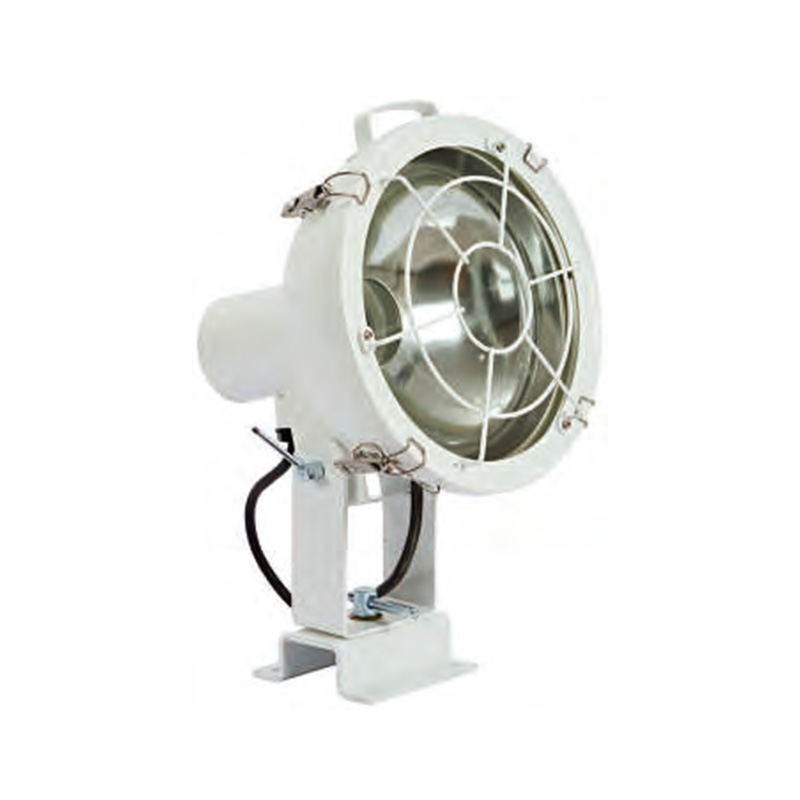
Final Thoughts
Proper mounting and installation of marine spotlights enhance visibility, safety, and operational efficiency. Whether using fixed, adjustable, rail-mounted, or flush-mounted techniques, selecting the right method ensures reliable performance in demanding marine environments. By following best practices in wiring, waterproofing, and maintenance, vessel operators can maximize the longevity and effectiveness of their marine spotlights.

